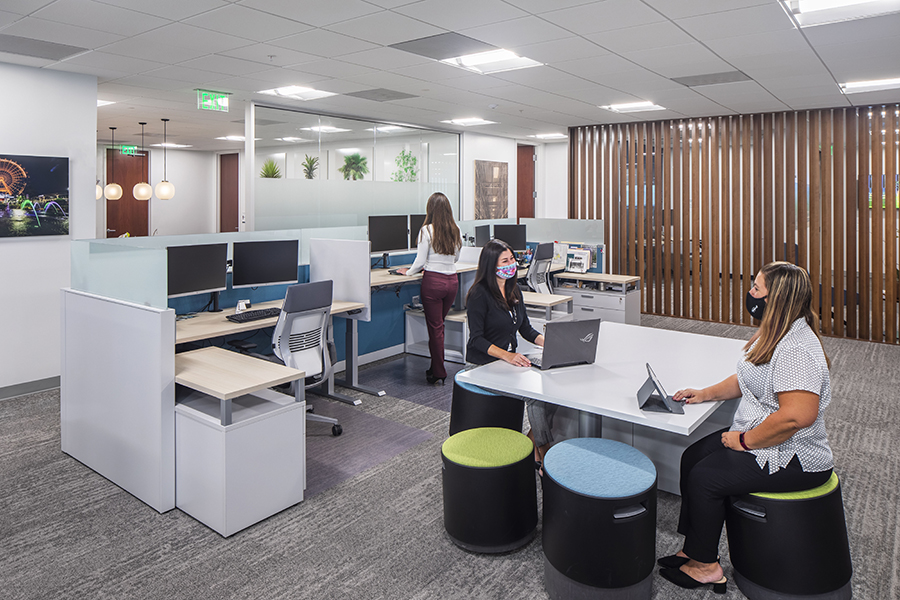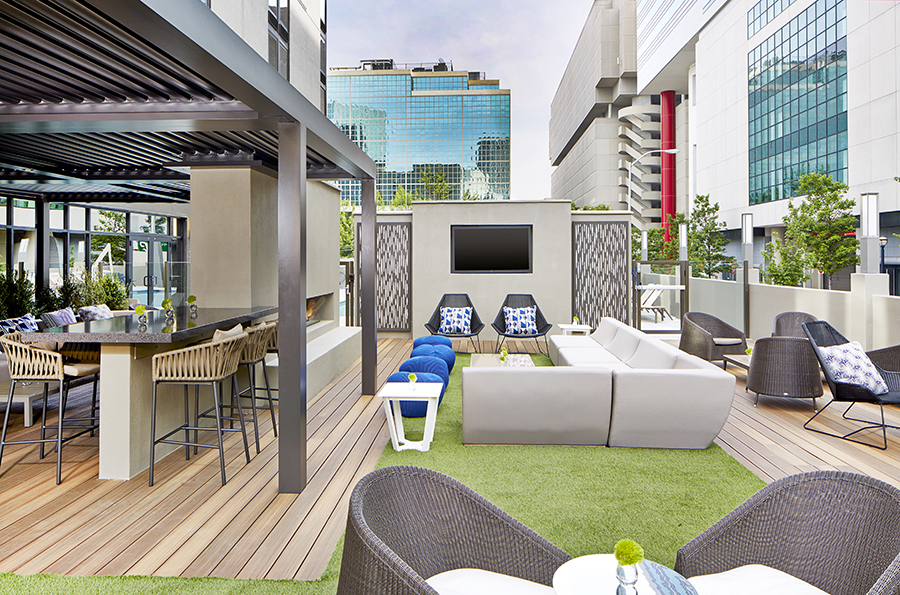Building codes. They’re the regulations, guidelines, and general rules that govern how buildings are designed and constructed; but they’re also an evolving framework helping to make the built environment stronger, smarter and more environmentally conscious.
The International Building Code – originally introduced in 1997 – is the base standard adopted by most jurisdictions in the United States and is fully compatible with the other published codes of the International Code Council. Since its establishment, updated versions of the code are released frequently, reflecting the constantly-changing best practices of residential and commercial construction.
Seems straightforward, right? Not so much. Each state can, and does, adopt the codes differently. Most states take the IBC as a foundation and develop their own building code. Meaning that from state-to-state, code requirements can – and do – differ substantially.
In 2021, Florida – home to our Orlando office – made some notable updates to their building code, adopting a 2020 code that is modeled on the 2018 IBC. While some states have already integrated these updates into their state code requirements, others haven’t. It really depends.
So, what do the updates mean for Florida owners and developers and their architects and engineers? We break down the big-ticket items here.
- Occupied Rooftops (503.1.4)
Rooftop amenity spaces are all the rage (and for good reason!) and the code update establishes new criteria for heights and areas of buildings that have occupied roofs. - Maximum Floor Area Allowances Per Occupant (1004.1.2 / 1004.5)
The occupant load factor for business areas has changed from 100 gross to 150 gross, which adjusts occupancy calculations for the majority of spaces. - Concentrated Business Use Areas (1004.8)
This new section adds specific occupant loads for concentrated business uses including call centers, trading floors, electronic data processing centers, and similar uses. The occupant load is one (1) occupant per 50 square feet for these uses.

The updated Florida codes also include some notable adjustments to the energy and electrical codes. Most notably:
- Meeting Rooms (NEC 201.71)
Updated electrical code now requires certain receptacles in meeting rooms less than 1,000 square feet, specifically: nonlocking-type, 125-volt, 15- or 20-ampere receptacles installed in accordance with code 210.71(B). In rooms with moveable partition, each room size shall be determined with the partition in the position that results in the smallest size meeting room. - Occupancy Sensors (C405)
As part of the updated Energy Conservation Code, general lighting in an open plan office must be configured so it can be controlled separately in areas 600 square feet or less; controls must also be designed to turn off general lighting in all zones within 20 minutes after occupants have left the space. - Plug and Load Receptacles
This section of the code has been eliminated which allows for a reduction in the overall number of receptacles required in a space. Previously, code required twice as many to balance those that automatically shut off when not in use.
As we work with our Florida clients we’re identifying for them the ways these updated codes potentially impact not only their plans for the space but their budgets as well. Given our work across the country, we know the myriad ways even small adjustments to codes can affect a project.
Have questions about what code changes are being discussed or enacted where you are? Just ask. Our teams are happy to share more.


